from 65 reviews
Private Tour
Daily Tour
Unlimited
Customised Private Hiking
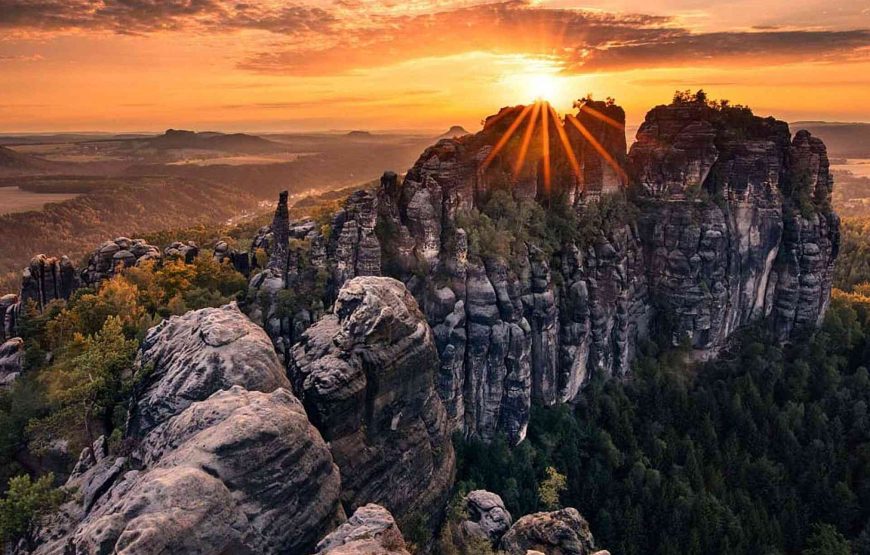
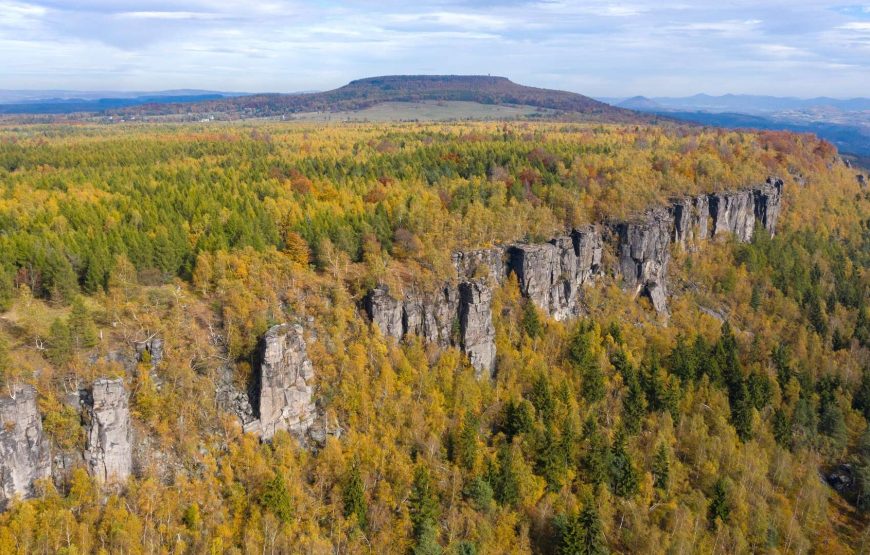
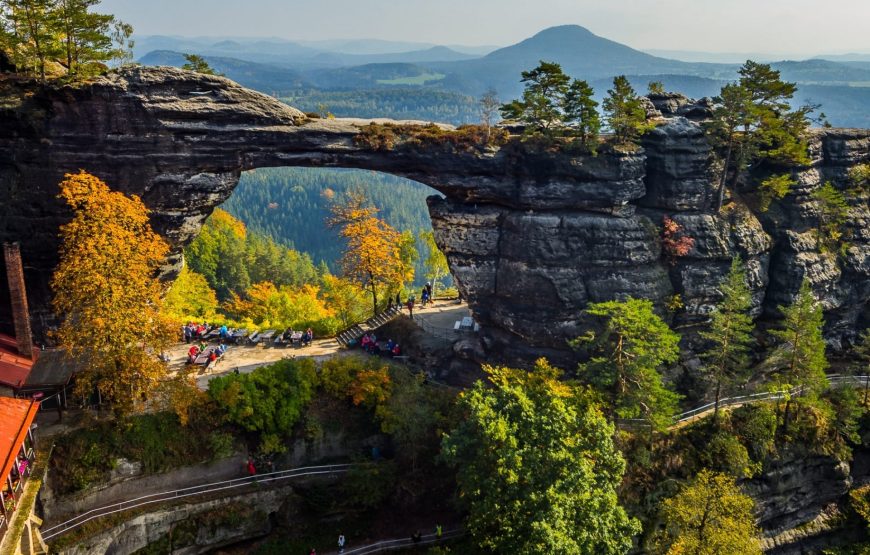
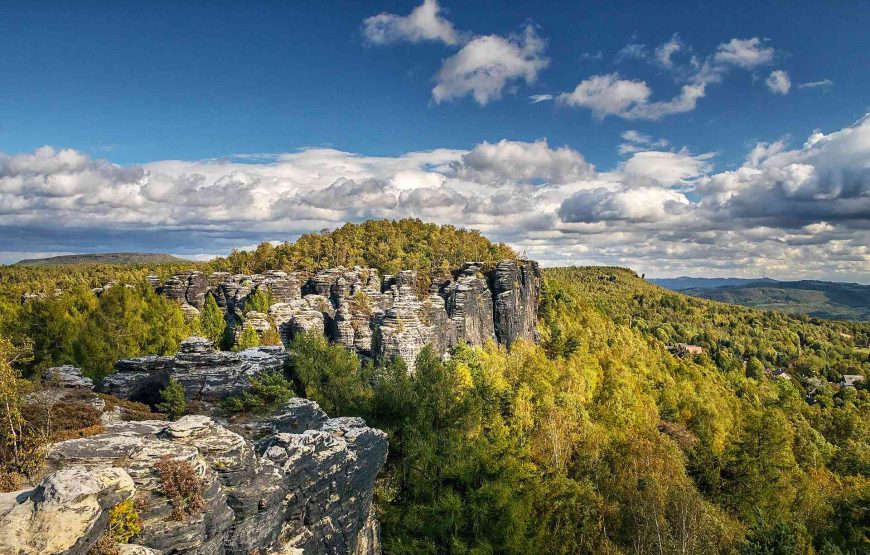
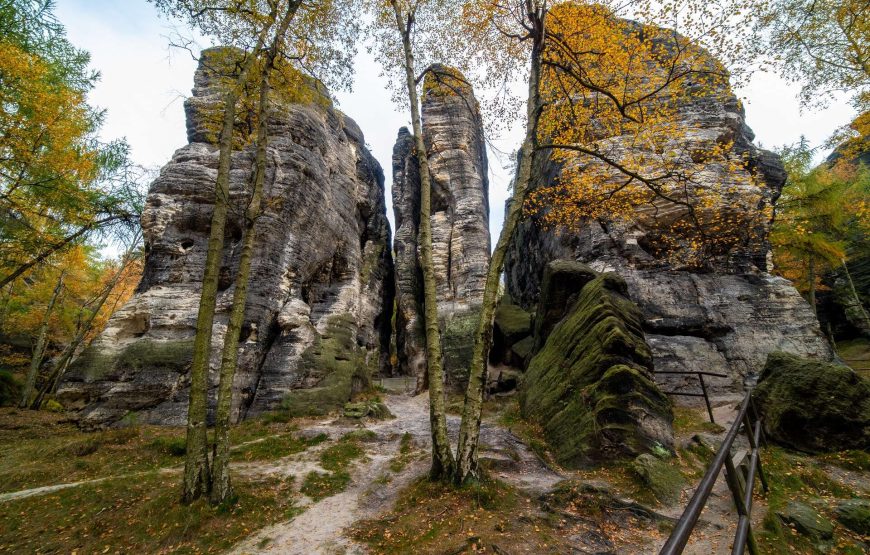
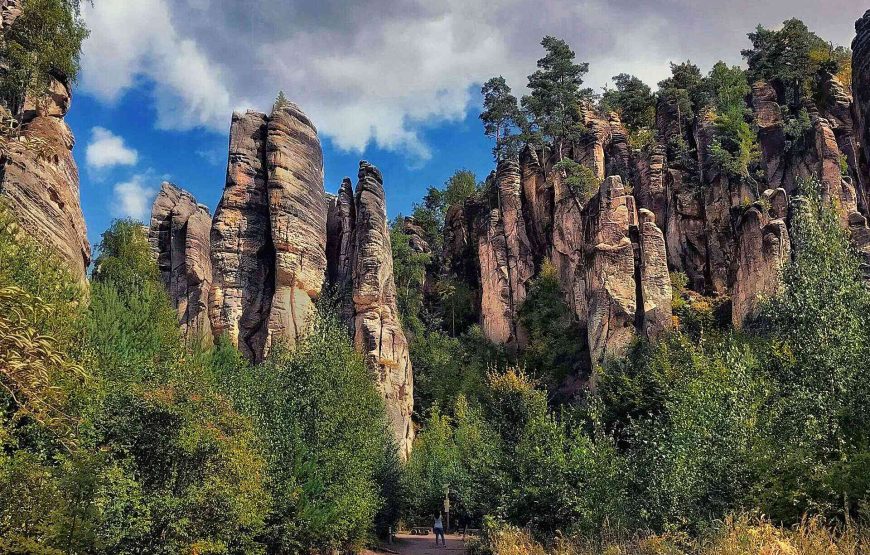
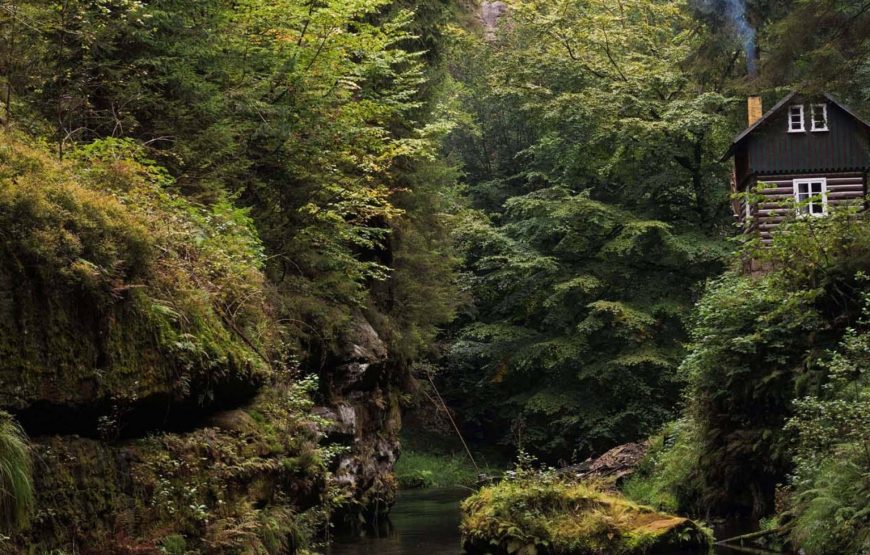
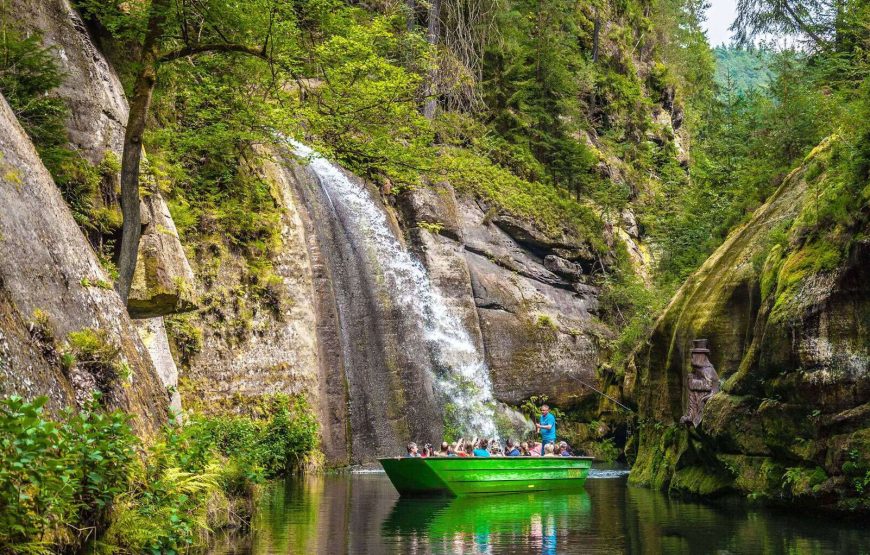
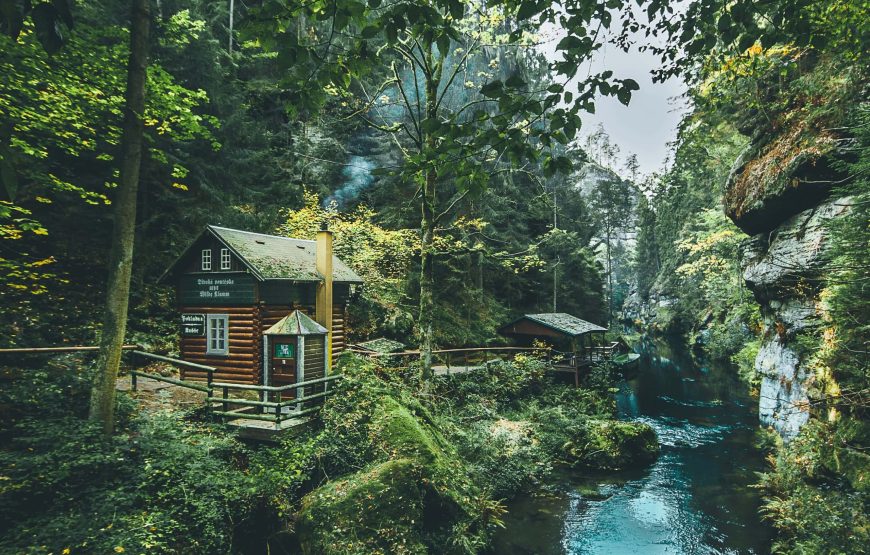
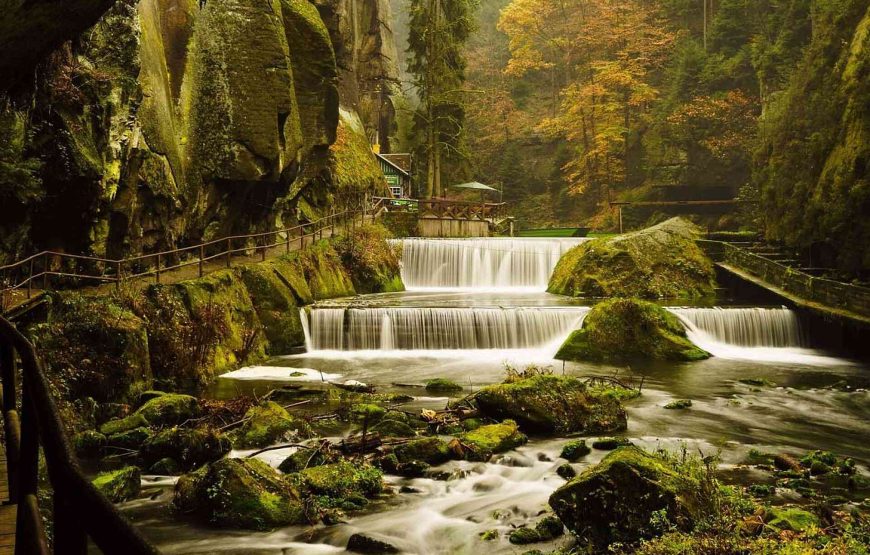
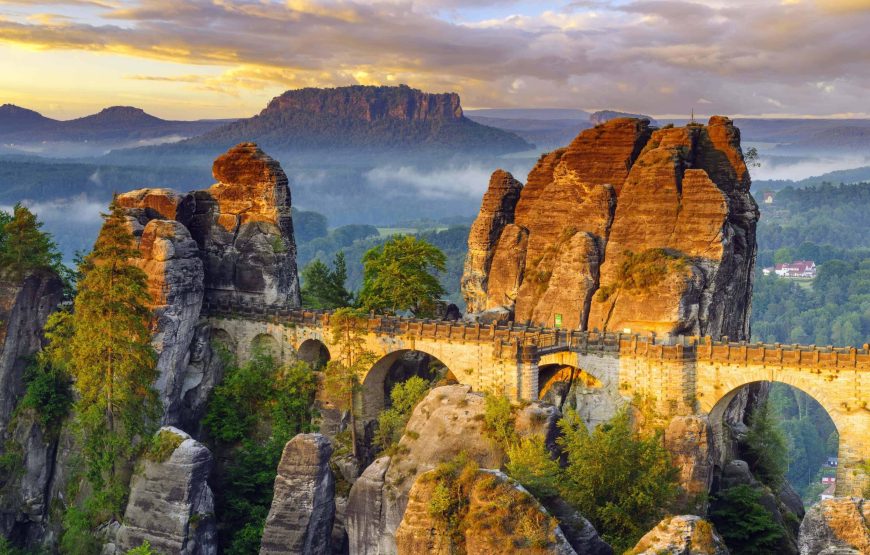
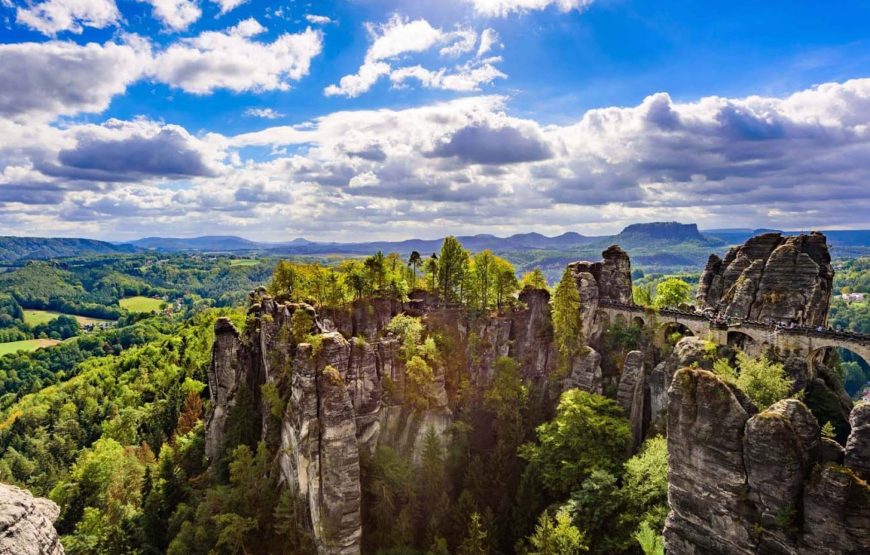
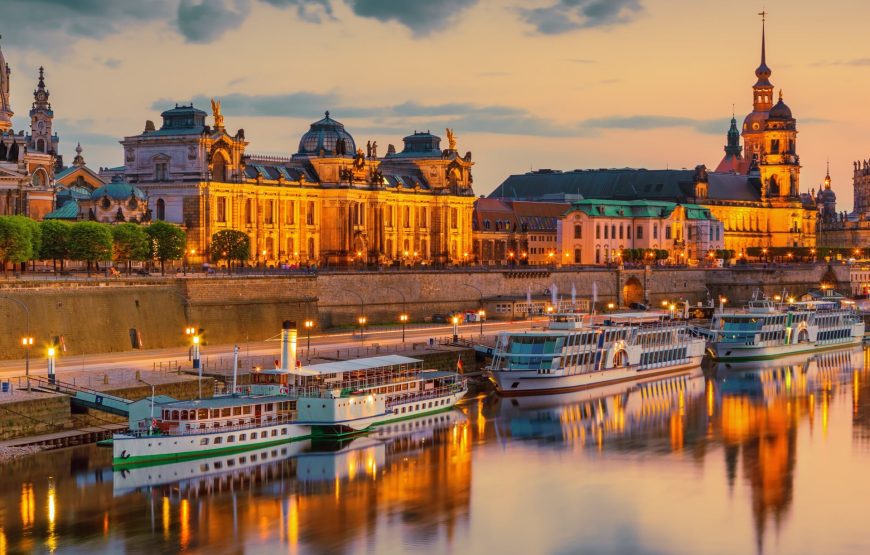
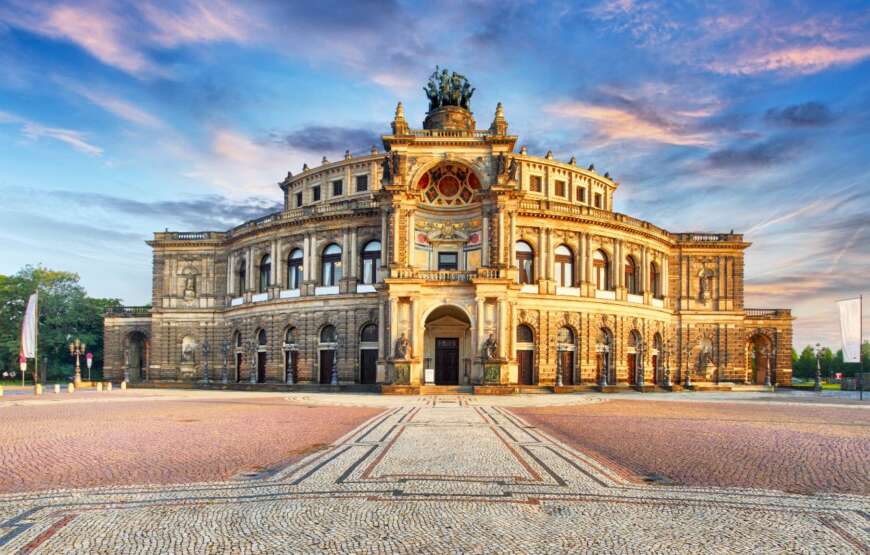
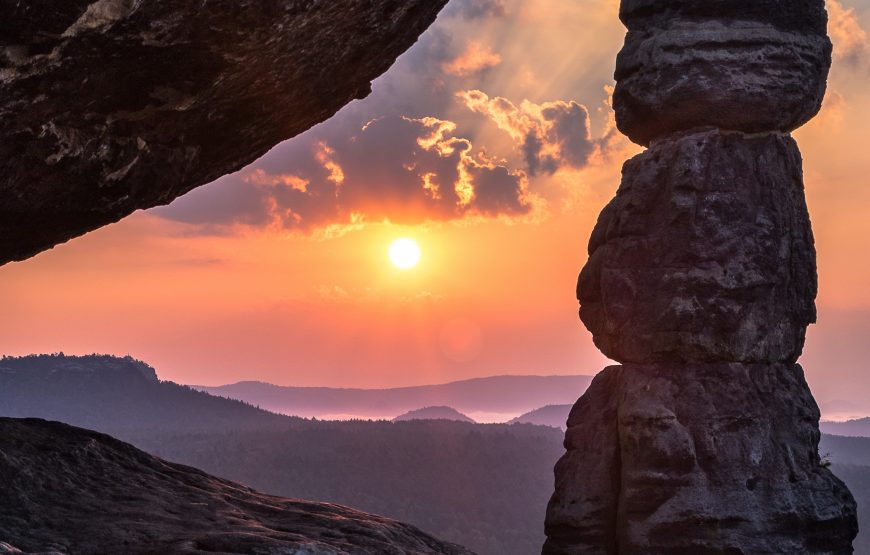
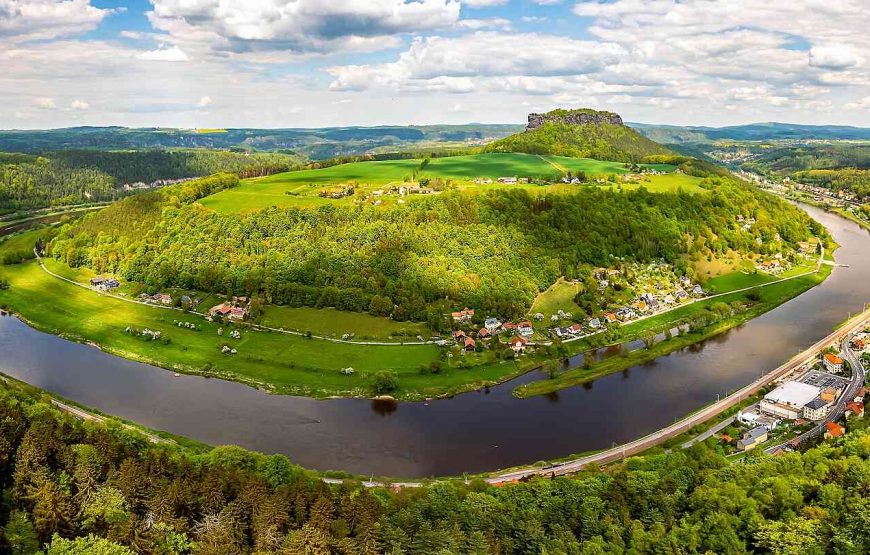
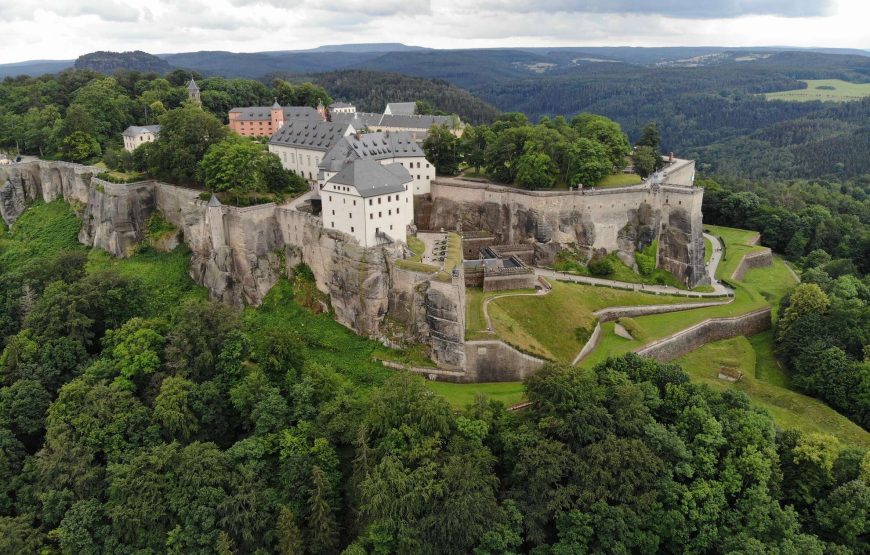
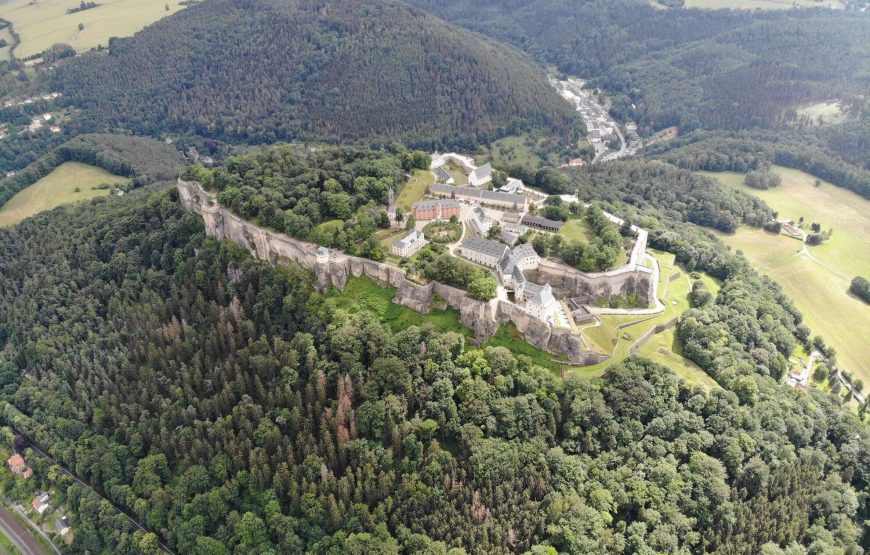
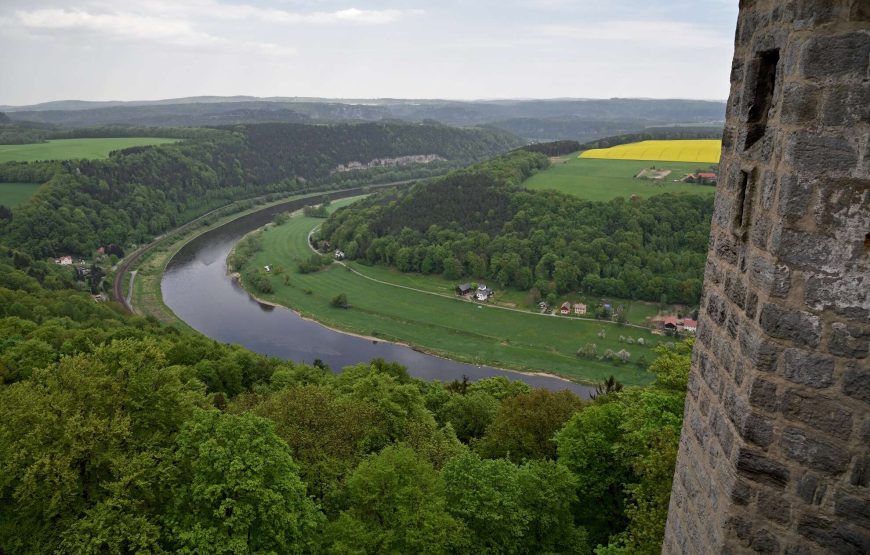
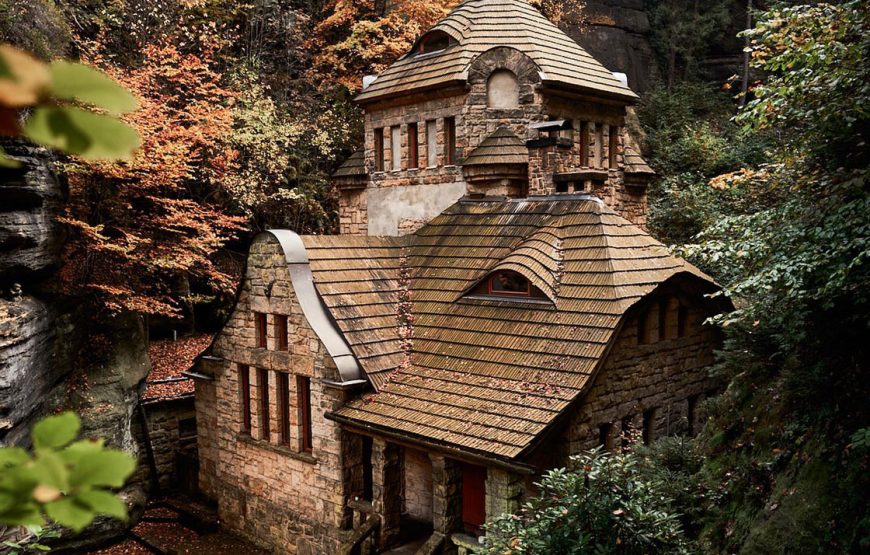
| # | Discount group | From adult | To adult | Value |
|---|---|---|---|---|
| 1 | Group of 2 | 2 | 2 | €700,00 |
| 2 | Group of 3 | 3 | 3 | €1.350,00 |
| 3 | Group of 4 | 4 | 4 | €2.000,00 |
| 4 | Group of 5 | 5 | 5 | €2.650,00 |
| 5 | Group of 6 | 6 | 6 | €3.350,00 |
| 6 | Group of 7 | 7 | 7 | €4.050,00 |
| 7 | Group of 8 | 8 | 8 | €4.700,00 |
| 8 | Group of 9 | 9 | 9 | €5.250,00 |
| 9 | Group of 10 | 10 | 10 | €5.850,00 |
| 10 | Group of 11 | 11 | 11 | €6.450,00 |
| 11 | Group of 12 | 12 | 12 | €7.100,00 |
| 12 | Group of 13 | 13 | 13 | €7.650,00 |
| 13 | Group of 14 | 14 | 14 | €8.260,00 |
| 14 | Group of 15 | 15 | 15 | €8.870,00 |
| 15 | Group of 16 | 16 | 16 | €9.500,00 |

Your Private Tour guide will pick you up at your hotel in the morning. From that point, our mission is to give you everything you need to enjoy the day trip to the fullest. During the drive to Northern Bohemia in our comfortable van/Private car (2 hrs), we will provide you with knowledge of the National Park, Czech country, and information about the trip.
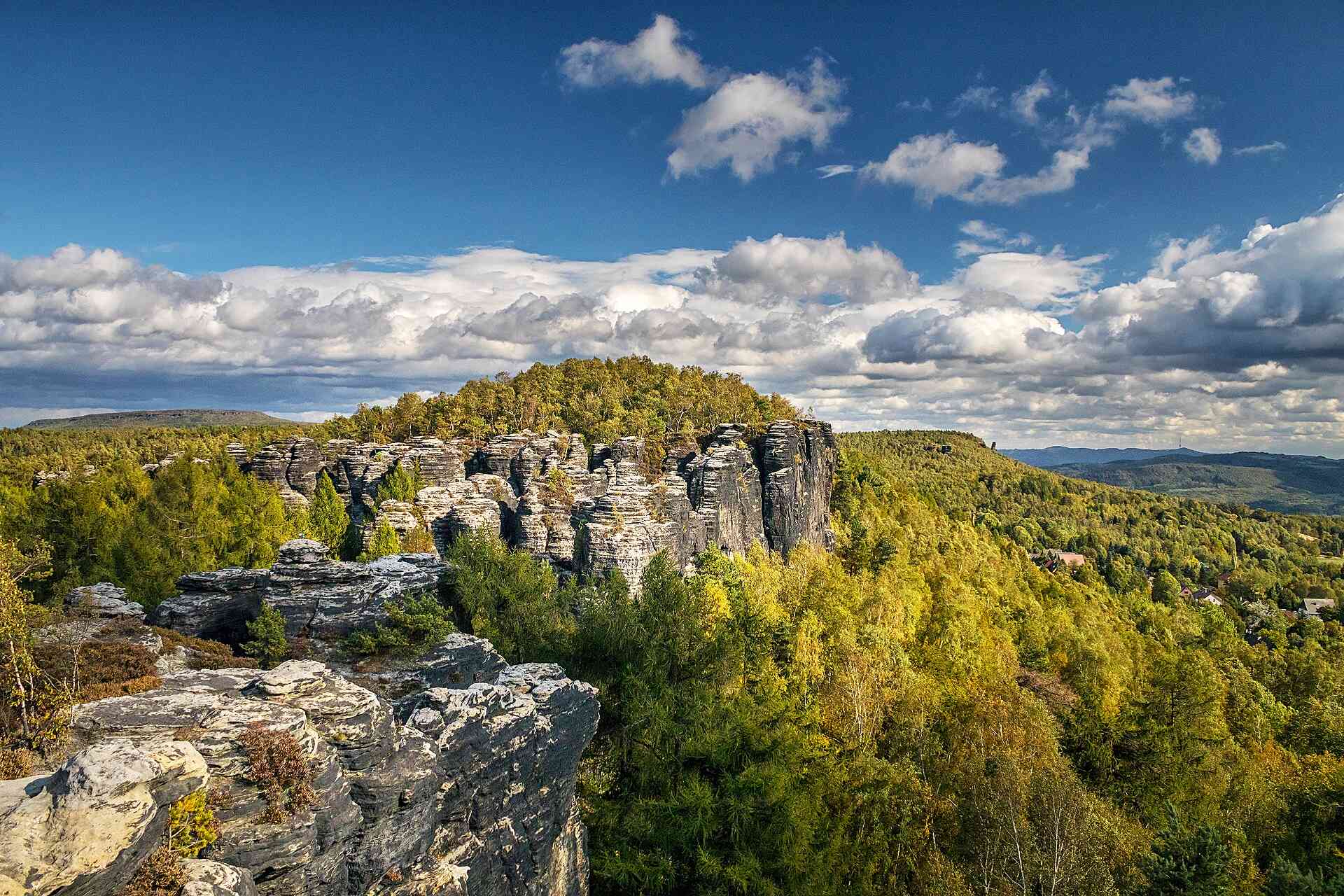
We will start our first hike around 10 AM depending on what time we start in the morning. We will keep the pace of the tour based on your liking. The first part of the hike takes around 2-3 hours.

The next stop will be delicious lunch included in your tour – right in the middle of the national park!-- Are you vegetarians, vegans, allergics or meat lovers and are you interested in national Czech cuisine?? We will treat you to the main course and a drink of your choice :). This newly renovated restaurant will surprise you not only with amazing dishes and local beer but also with a beautiful steampunk-style interior, which is decorated with gears, rivets and a huge clock, whose gears are visible every hour with 40 seconds rotates accompanied by the sound mechanics.
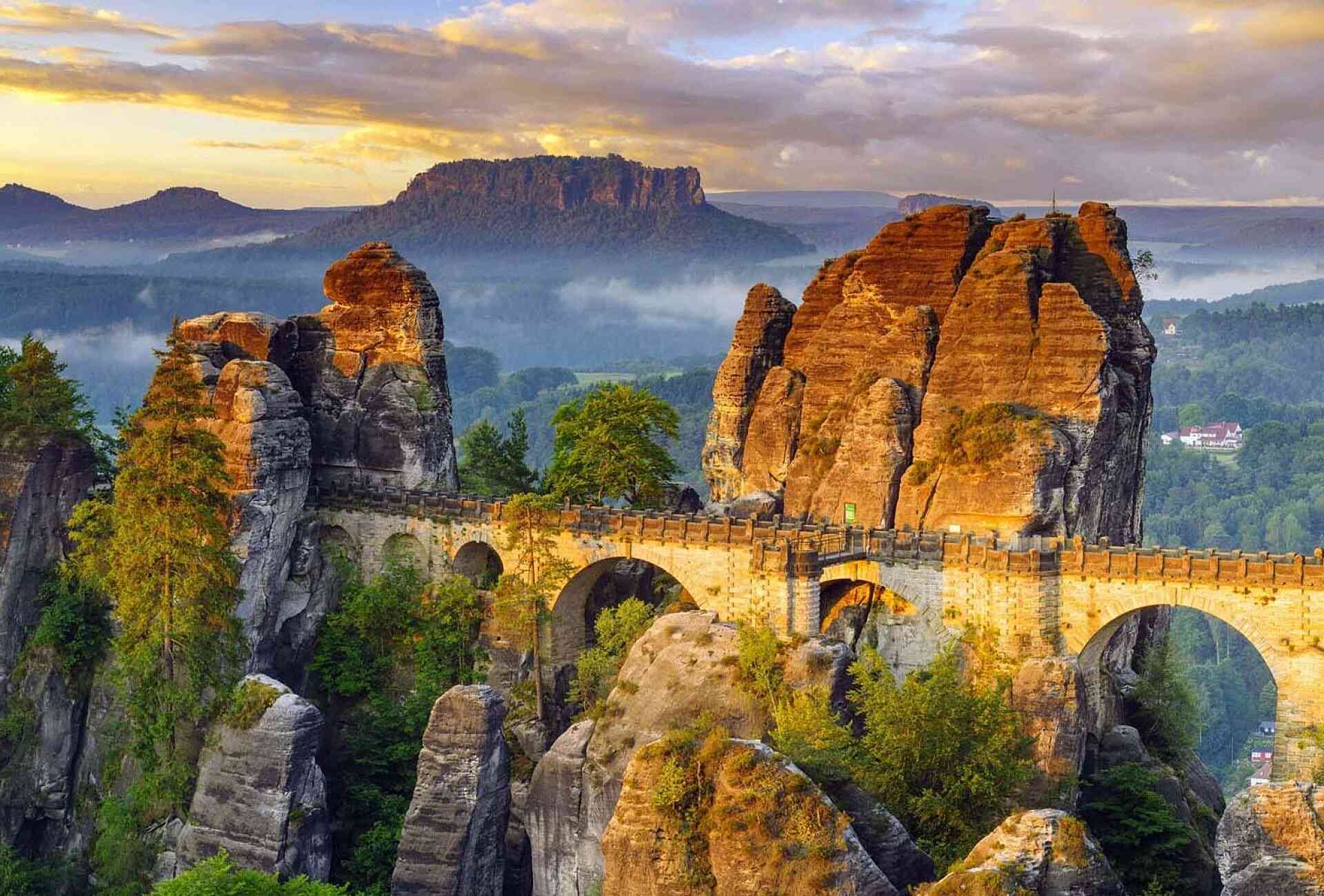
We recommend guests choose from 2 to 3 highlights to explore in One day to have an amazing experience of Bohemian Switzerland. We will suggest to you the best possible itinerary to fit your liking and to include as much uniqueness of Czechia as possible. the beautiful river hikes/Boat ride and Bastei bridge etc fit nicely for the second part of the hike.
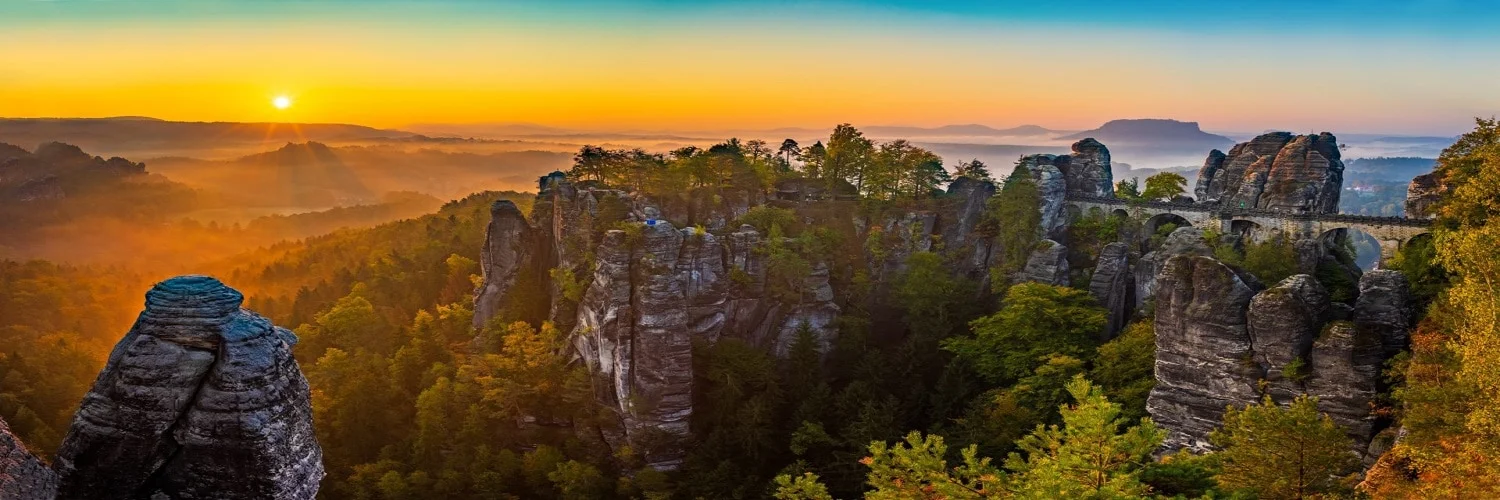
We will drive you back to your address in Prague with your camera full of beautiful pictures and one more amazing story to tell.
Let us know your preferences when booking! You can choose your favorite highlights or request specific experiences. We’ll tailor the itinerary to create your perfect day.
Yes, this tour is perfect for families, friends, or larger groups. It’s also ideal for corporate team-building hiking experiences. For a more customised Tour for larger groups please get in touch with us and we will create an itinerary for one or more days to perfectly fit your expectations. Please check out our team-building page to find out more about it.
Yes, as we cross the Czech-German border, a passport or EU ID is required for this tour.
Depending on the time and pace you prefer, you can usually choose between 2 to 4 highlights for your private tour.
Absolutely! You can select any of our fixed group tours, and we’ll make them private with added flexibility and customization.
This tour is created to give a unique experience of the Elbe River Sandstone mountain range. This tour takes you to a unique natural experience away from Regular and more touristy spots making it a truly personal experience and one of the best nature tours in Europe. This private tour is custom-made to fit you and your group. You will be in charge of the pace of the tour and will also be able to select your own pickup time and highlights to visit. You will also decide the pace of the tour so you don't feel any pressure whatsoever and have a more relaxed nature experience with one of the best outdoor guides team in Europe.
Absolutely! Enhance your adventure by staying at Bohemian Homes, our charming retreat in the heart of Bohemian Switzerland. Perfectly situated near hiking trails and outdoor activities, Bohemian Homes offers cozy accommodations, a serene atmosphere, and wellness facilities like a sauna and Canadian spa.
For an even more immersive experience, you can also book our Luxury Wood Cabin Stay with Tour to combine your private adventure with a relaxing stay.
For private tours:
A full refund is available if the cancellation is made at least 72 hours before the tour starts.
A 50% refund is granted if the cancellation occurs between 72 hours and 24 hours prior to the tour start time.
No refunds are available if the cancellation is made within 24 hours of the tour start time. Cancellations must be initiated by email to info@bohemiadventures.com.